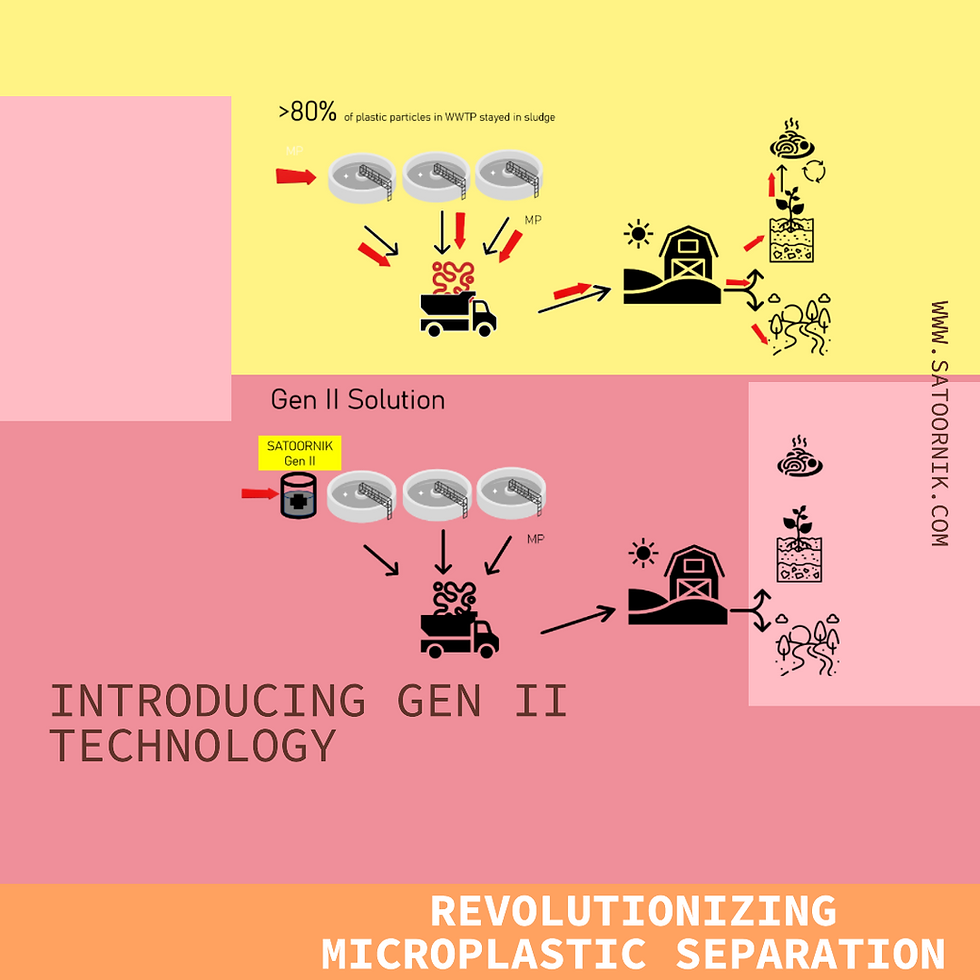Introduction
Microplastic pollution is a growing concern, with tiny plastic particles infiltrating our ecosystems and posing a significant threat to the environment and human health. Addressing this challenge requires innovative solutions, and Gen II Microplastic Separation Technology is at the forefront of this revolution. This article aims to explore the complexities of microplastic pollution, the development of Gen II, its features, its impact, and what the future holds for this transformative technology.

Understanding Microplastic Pollution
Microplastics, tiny particles often less than 5mm in size, generated from various sources including clothing fibers, plastic waste breakdown, and industrial processes. These particles spread through our oceans, rivers, soil, and even the air, impacting the environment, wildlife, and human health. Understanding the sources and implications of microplastics is necessary in finding effective solutions.
Introducing Gen II Microplastic Separation Tech
Gen II is an innovative technology designed to combat the microplastic crisis. It operates on the principle of efficient separation, harnessing pioneering patented techniques. The vision behind Gen II's development is clear - to mitigate the spread of microplastics and contribute to a sustainable future.
Key Features and Innovations
Gen II boasts efficient microplastic separation mechanisms, ensuring a high degree of accuracy and effectiveness in removing these harmful particles from wastewater. Furthermore, its patented methods and technological advancements set it apart, allowing for a sustainable approach with minimal energy consumption.
Gen II in Action
Implementing Gen II in wastewater treatment processes is a game-changer. By strategically placing it to operate before ponds, it successfully separates microplastics, preventing their entry into sludge. Over 80 percent of microplastics collected during wastewater treatment are redirected away from sludge, showcasing the impact and effectiveness of Gen II. Case studies and real-world examples demonstrate its potential to revolutionize the fight against microplastic pollution.
Benefits and Environmental Impact
Gen II directly addresses a critical concern - over 80 percent of microplastics collected during wastewater treatment end up in sludge. By efficiently separating microplastics from wastewater, Gen II ensures these pollutants no longer contaminate our sludge, preventing further soil pollution. The environmental impact is significant, reducing pollution and promoting sustainability.
Future Applications and Developments
Looking ahead, Gen II holds promise for even broader applications. With ongoing technological advancements, Gen II is poised to evolve, enhancing its microplastic separation efficiency and expanding its application areas. This journey of innovation positions Gen II as a frontrunner in the fight against emerging environmental challenges.
Conclusion
Gen II Microplastic Separation Technology is a transformative force, providing a sustainable solution to the microplastic pollution crisis. Its capacity to efficiently separate microplastics and prevent their entry into sludge showcases its potential for real-world impact. As we strive for a cleaner, greener future, let's rally behind Gen II, supporting its advancements and advocating for its widespread adoption.
_edite.png)
Comments